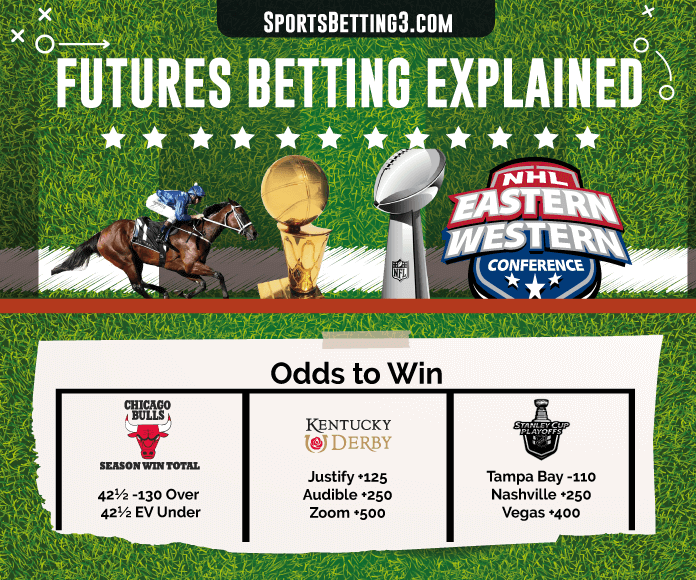The odds for each pick are multiplied by one another to determine the odds for the Parlay. For example, New England at -150 odds, parlayed with New York at +200 odds, would result in +400 odds. Wager $20 on the above two picks, see New England and New York BOTH win. Our NFL betting expert analyses the top three ranked franchises in the latest Super Bowl odds for the big game on February 6th, 2022. Kansas City Chiefs +600 Despite being beat quite. Super Bowl LV Odds—Best Prop Bets for Chiefs vs. Buccaneers Super Bowl LV MVP Favorites Ranked In other words, Super Bowl LV will take place in the same year the 2021 regular season will begin.
“Wait, why does this NFL team have a -235 next to its name? What’s with New England Patriots (-15) vs. Miami Dolphins (+15)? Help! HEEEELPPPP!”
If that sounds like you, we’re here to assist you. If you’ve stared at a board at a sportsbook or just seen spreads and moneylines on the Internet and been utterly confused, don’t worry. It’s not just you. Those numbers can be confounding.
But hopefully, once you’re done reading this, you’ll completely understand how they work. As you prepare to dive into the world of sports betting, here’s a breakdown of how the lines work, starting with …
Spreads
It would be really easy to bet on a game if you could put money on a heavy favorite to win.

That’s where point spreads come in. Let’s look at an example:
Philadelphia Eagles (-4.5)
New York Giants (+4.5)
In this case, you can bet on either two outcomes: you can put money on the Eagles to win the game by 4.5 points OR MORE, which makes them the favorites. Or you can bet that the Giants will either win or lose by LESS THAN 4.5 points. They’re the underdogs.
Now, sometimes the spread “moves” during the days leading up to the game. Perhaps the Eagles’ spread ends up being -3.5 (in which they must win by 3.5 points or more to give you a victory in your bet). Your bet all depends on whichever spread you bet on, whether it was when the Eagles were favored by 4.5 or 3.5 points.
If you ever see “PK” or “pick” next to a team, it means there’s no spread and you can bet on who will win, no matter what the score is.
Moneylines
Let’s take that same example above but use moneylines:
Philadelphia Eagles (-200)

New York Giants (+150)
The team with a minus symbol is the favorite, and the number is how much money you would need to bet to win $100. In this case, you would have to bet $200 on the Eagles in order to win an additional $100.

The Giants are the underdogs. If they’re +150, that means you could bet $100 to win $150.
Note that you can bet any amount you want, but those numbers are always calculated and posted the same way, either in how much money you would need to wager to win $100 or how much money you could win by wagering $100.

Odds
If you’re betting on something like the team who will win the Super Bowl in the future, you might see it look like this:
Super Bowl Odds Explained Predictions
New England Patriots — 3/1
Baltimore Ravens — 5/1
Kansas City Chiefs — 8/1
If you were betting on the Patriots and their 3/1 odds, you would win $3 for every $1 you spend. So if you bet $50 on the Pats and they ended up winning the Super Bowl, you’d win $150 (plus your original wager) back.
Good luck!
Prior to the start of the 2019 NFL season, the league permanently adopted new kickoff rules that had been tested throughout the previous year. The rules were meant to limit the high velocity collisions that often occurred on kickoffs.
They’ve now become part of the NFL, and while plenty of people still complain about them (the XFL experimented with different rules to many cheers … before the league folded), these new rules are a part of the NFL.
So, you’re probably wondering what exactly those rules are. We have you covered.
Super Bowl Odds Explained
Via the NFL rulebook: